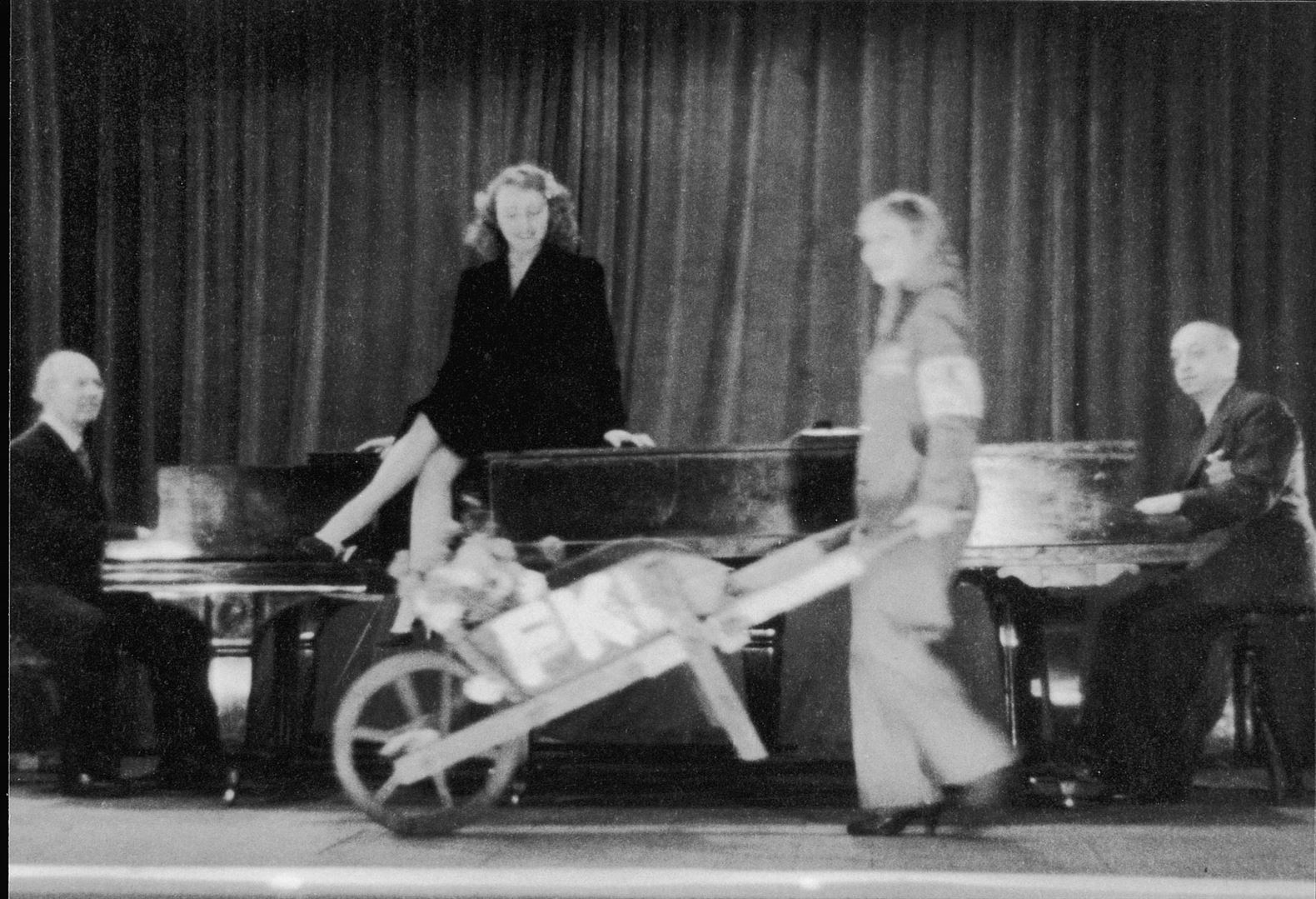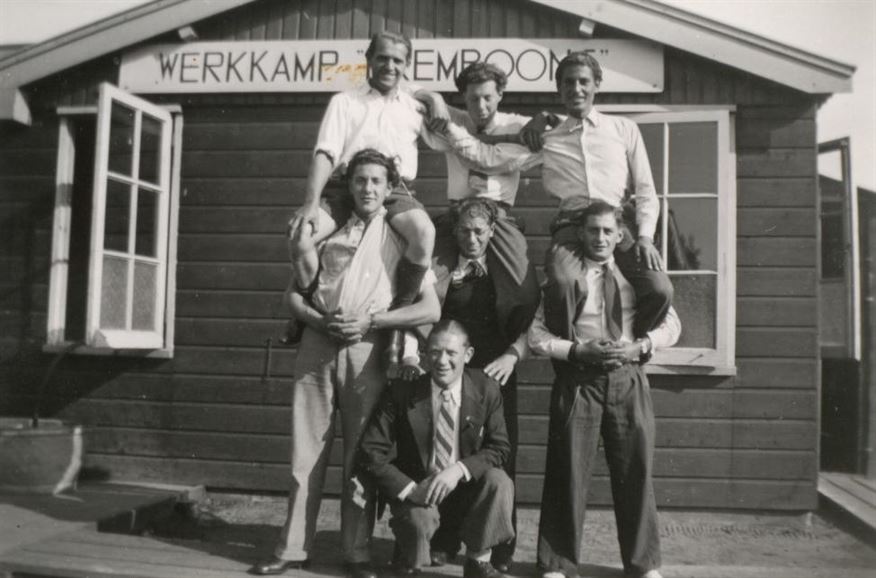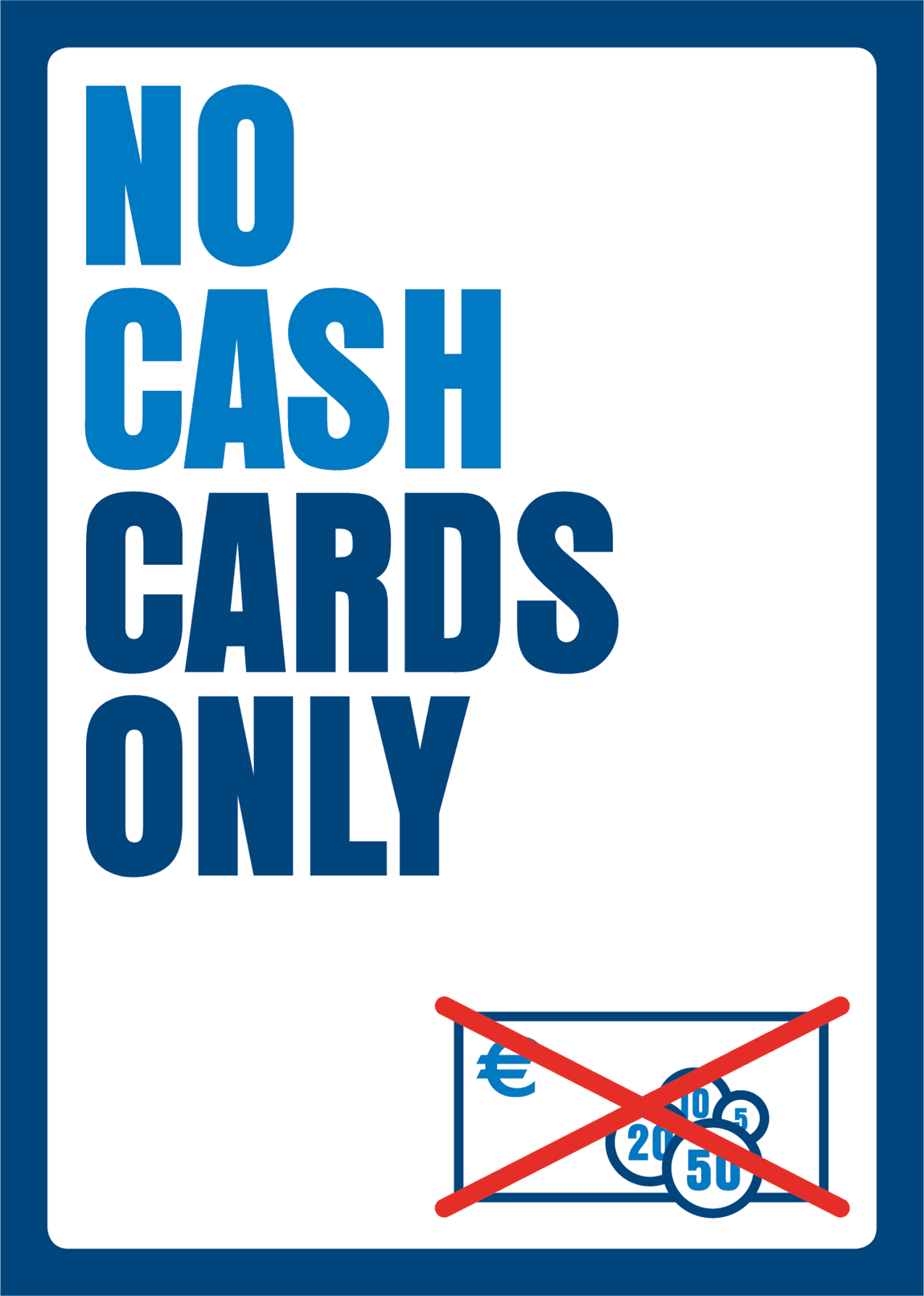False hope
In the period of 1943-1944, camp commander Gemmeker stimulated all kinds of recreational facilities to make life in the camp run as normally as possible. This also served his own amusement. Camp Westerbork had the best cabaret of the Netherlands, both when it came to decoration as the quality of the programming and the artists’ skill level. The Bühne-gruppe was granted the facilities to organise variety shows with cabaret, choir, orchestra, and ballet. Additionally, there were theatre performances and music recitals. There also were sports matches: soccer, athletics, and boxing. Taking part in such activities didn’t offer all kinds of privileges. The most essential one was that one was provisionally exempted from deportation.

The hard ‘East’
In Camp Westerbork, everything was arranged to give prisoners the impression that they would be sent to working camps in Eastern Europe. Life there would be heavy, hard, and monotonous, but it would be liveable. In any case, children and families would be together. That was the information provided at the time. Occasionally, letters arrived from camps like Auschwitz, in which it was stated that there was hard work to be done, but they were doing well. The doubt and suspicion arose when trains departed that only contained the elderly, sick, and children. There also were rumours in the camp that the Nazis were up to no good. It was generally the German and Austrian Jews who had escaped who knew, mostly from their own experience, the direction in which things could go. Yet, early on, few believed that the worst was waiting for them there. Mostly because nobody knew anything concrete about ‘the East’.
Still, there was a permanent fear of being deported. There was definitely an awareness of approaching doom. This dread for an ominous future explains the desperate attempts to escape the deportations. By latching onto work in and around the camp, they hoped to make themselves indispensable. Particular positions exempted one of being put on transport.
Bis auf Weiteteres gesperrt
However, there were other ways to get an exemption as well. Over the course of 1942, the Nazis implemented a system of distinctions by giving the Jews stamps on their identification papers. These stamps provided ‘bis auf Weiteres’ exemption of deportation. Some lists also seemed to offer an outlook. All kinds of institutions – German and Tuch ones – and private individuals, who may know of a way out, were clung onto. One could get onto certain lists by making a substantial payment, the ‘Stamliste’ were adorned with names of those (and mostly their family members) who held important functions in the camp, like organisation, the hospital, and the cabaret. Especially on days before the transport, there were many desperate attempts to become ‘gesperrt’ in one way or another.
System of false hope
The small number of escapees from Camp Westerbork (around 300) is a result of the system that was kept up meticulously by the Nazis. Because there were definitely opportunities to escape. Not only did many of them work mostly for farmers in the surroundings, where there was hardly any security, but one could also be sent to places outside the camp for all kinds of assignments. There would always be a few family members who remained in the camp, though. In the case of escape, they or people from the escapee’s barrack were put on transport as a punishment. That kept most from fleeing, as well as the thought that they weren’t sure where they should go.
The ‘decent’ treatment by the Nazis, the system of exemptions, the hospital, and the cabaret served only one purpose: the creation of illusions. After all, eventually, everyone had to be put on transport. The system only ended up providing false hope.





